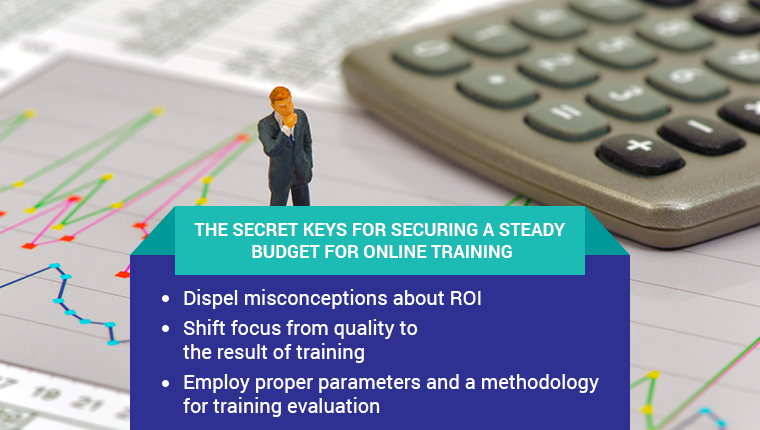Get Smart with Big Data Learning Analytics
L&D managers can leverage the strengths of big data by applying learning analytics to make strategic changes to their training programs.

Did you know that every time you use a digital device to access the Internet, you leave behind a digital footprint? The next time you surf the web, notice the targeted advertisements from your favorite online store or news feed. This is possible because your digital footprint has been used to gather information about the kind of content that you are interested in. Each online activity that you perform generates data, and the humongous amount of data that can be used to extract value is termed ‘big data’.
Big data is used by a variety of industries such as technology, finance, and advertising. Its use is also on the increase within the learning industry, as learning and development managers have begun to realize the benefits of applying analytics to big data to increase learning.
Why is Using Big Data in Learning a Smart Move?
Let’s go back to the time when online training programs were first introduced in your organization. Functional managers and training departments had no way to assess if the online training program was actually helping learners improve their skills. Unsure of the efficiency of their programs, they weren’t able to assess whether the investment in online training was worthwhile. Why was this the case? Well, the earlier Learning Management Systems (LMSs) lacked the extensive reporting capability of the modern LMS.
For years, corporate training programs have been designed based on a whole range of disparate learning theories and learning styles. But now, there is a method to the madness. With big data, you gain valuable insights into the way employees learn, meaning that functional managers and training managers are able to make well-informed decisions on the optimal ways to train their workforce.
Learning analytics is applied to big data captured by the LMS in order to track learner behavior and generate reports on the following aspects of learning:
- Course completion time and rates
- Courses and sections of courses which learners refer to most often
- Sections of the courses which learners have taken the most time to complete
- Learners’ preferred learning styles
In addition to those listed, many other LMS reports can be generated, providing you with a detailed picture of the status of the online training programs that you have in place within your organization.
How can Big Data with Learning Analytics Help L&D?
Gauge Learner Performance
Numbers and data are critical to the success of learning and development (L&D) in an organization. A continuous evaluation of training programs helps business units understand what kind of training programs are working for the organization, and which are not.
Has the sales team completed the new product training that was rolled out? Have they fared well in the assessment? Or do reports indicate that they have not been able to comprehend information in a section of the e-Learning course?
Analyzing the data collected on these aspects of training via the LMS will help answer all these questions and more to gauge learners’ performance in online training programs.
Forecast Learner Performance
One of the important benefits of using learning analytics on big data is an ability to predict learners’ performance. Predictive analytics is among the hottest learning analytics trends that predicts learners’ performance based on the data collected from past courses. Training managers can use this data to predict whether a group of learners will pass a course. It can also identify where learners are likely to face problems, and work on a new training strategy to address these training challenges.
For example, if learning analytics indicate that your millennial workforce shows more interest in game-based learning activities, then you might want to use a gamification strategy within their next e-Learning course. After all, the better trainers understand their audience, the more successful the training programs will be.
Optimize Training Programs
The application of learning analytics to big data can provide functional managers an understanding of how valuable an e-Learning course is to employees. It can help training managers suggest remedial measures for employees whose performance is below expectations.
Here are the ways in which learning analytics helps optimize training programs:
- Understand skill gaps of employees – Big data decides upon key areas of improvement for employees.
- Maximize quality of e-Learning courses – Data on how learners interact with learning elements in the course gives developers an insight into how they can enhance the course for maximum learning effectiveness.
- Offers flexibility and personalization – Based on the learners’ previous knowledge and organizational role, training managers can deliver personalized online training programs.
Big data is here to stay. By applying learning analytics, L&D managers can work toward delivering data-driven training programs. If you are ready to roll out training programs that match your organization’s goals and encourage a learning culture, then it’s time you give learning analytics a try.




